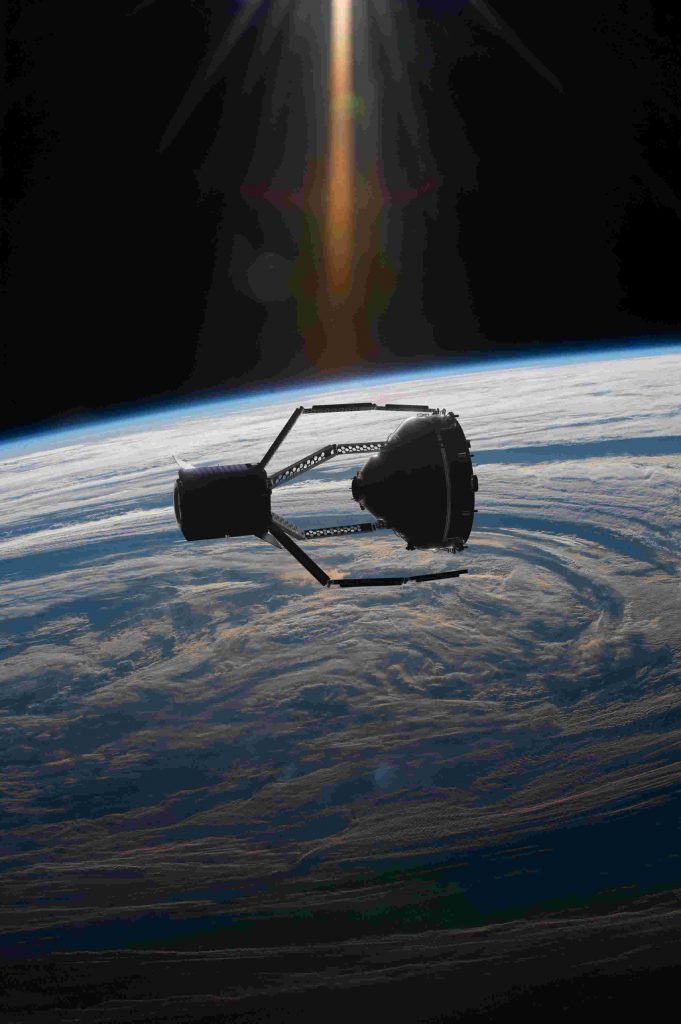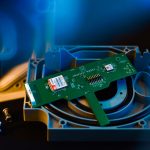They call it the ‘new space race’. Startups and entrepreneurs are pouring billions into spacecraft aiming for new markets in the stars. But as with terrestrial frontiers, Earth’s orbital space is vulnerable to pollution. As space junk increases, international bodies are ringing warning bells; but two start-ups might have a solution…
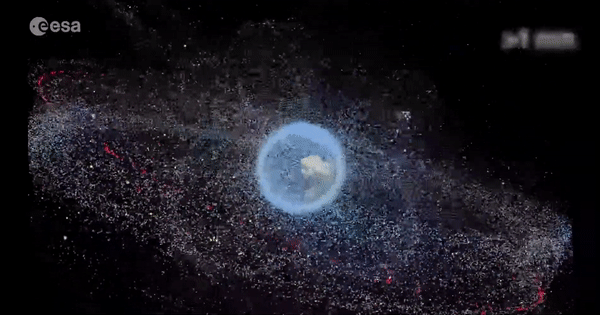
Those familiar with the 2013 Oscar-winning film Gravity have some idea of how desperate a space debris crisis can be. It’s known as Kessler syndrome, the hypothetical event by which Earth’s orbital space becomes so crowded with junk that orbital impacts are inevitable. Such an event would mean nothing less than the end of space exploration and satellite coverage on Earth for thousands of years.
Debris can be formed of anything from whole derelict craft to millimetre-wide chips of paint. No matter its size, this waste orbits the Earth at hundreds of miles an hour. In 2020 alone, the European Space Agency’s (ESA) Aeolus craft had to dodge a Starlink satellite after SpaceX declined to adjust its trajectory.
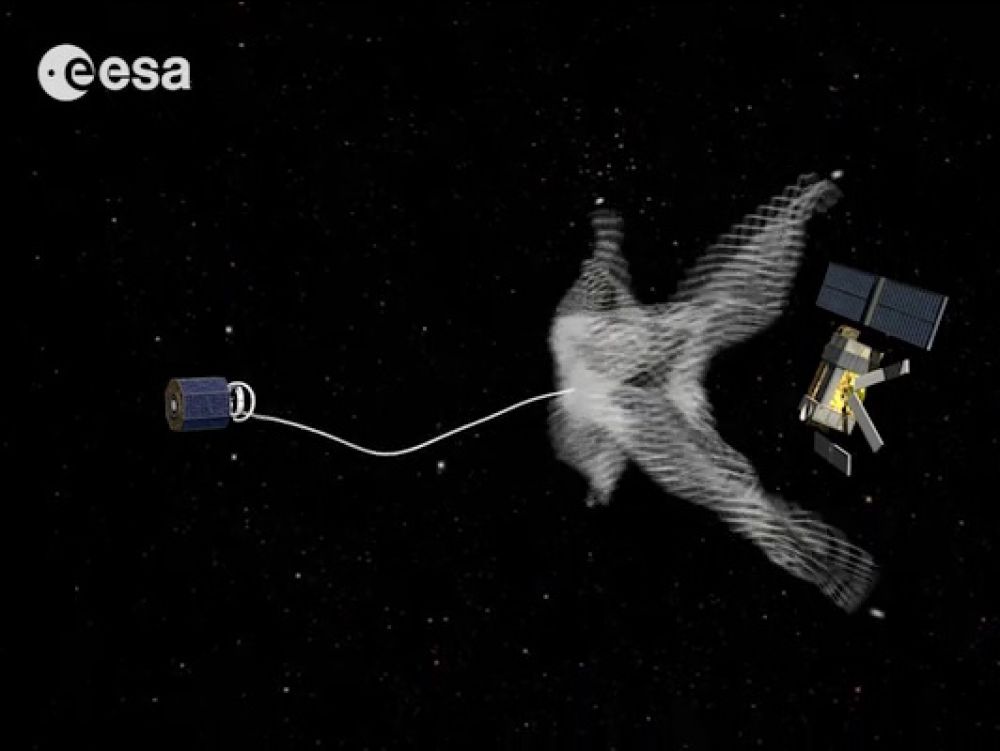
It’s no wonder policymakers are being pressured to impose tougher restrictions on space businesses to ensure de-orbit procedures (policies of bringing space technology back to Earth) and measures to rein in violations. Thankfully, innovative companies are also coming up with measures to mitigate the issue.
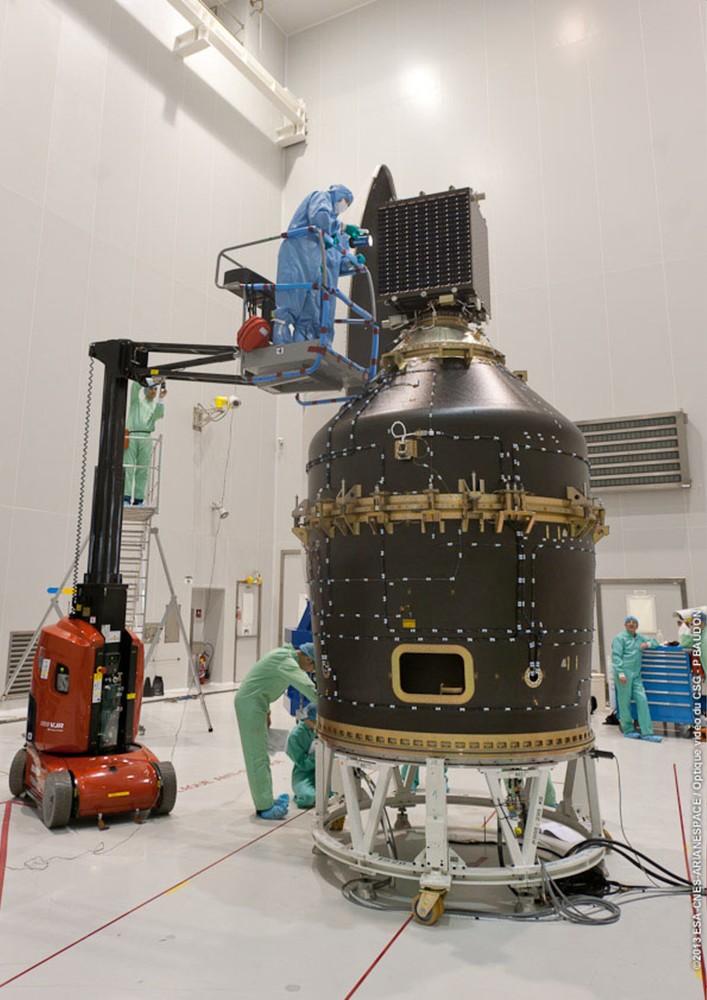
Founded in early 2018 and originally a Swiss state project, ClearSpace SA has developed Clearspace-1, a demonstration satellite which captures and de-orbits dead satellites using four spider-like robotic arms, which close like claws over derelict space technology. They plan to launch in 2025 with the help of the European Space Agency.
Astroscale, a Japanese company with branches in the UK and US, has a similar mission, though with a much smaller craft. Astroscale’s Jason Forshaw, Head of Future Business Europe explains: “the two-part mechanism is made up of the docking plate and the robotics which extend and engage a magnet to dock onto the associated plate and allow separation from it. After docking, the craft and its target can de-orbit, burning down into particulate in the Earth’s atmosphere.”
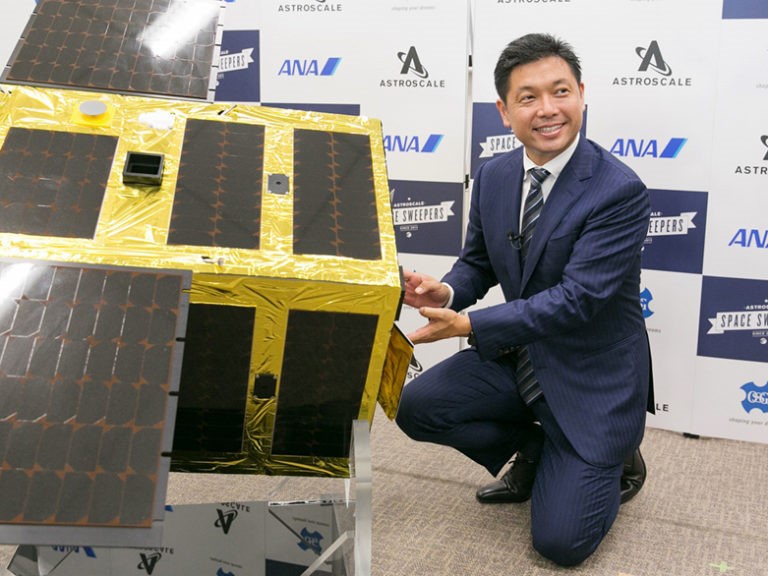
Astroscale’s demonstration, ELSA-d, is launching from Baikonur Cosmodrome in Kazakhstan in March 2021, on an Arianespace Soyuz, a Russian rocket. Smaller, smaller and therefore cheaper, de-orbiters like theirs could corner the market for orbital sustainability, if effective.
Though debris mitigation is smart, it requires advanced technology and a launch capability that’s not currently widely available. With sizable price tags and no regulation in the offing, cynics doubt space businesses will be willing to pay the bill to clean up after themselves.
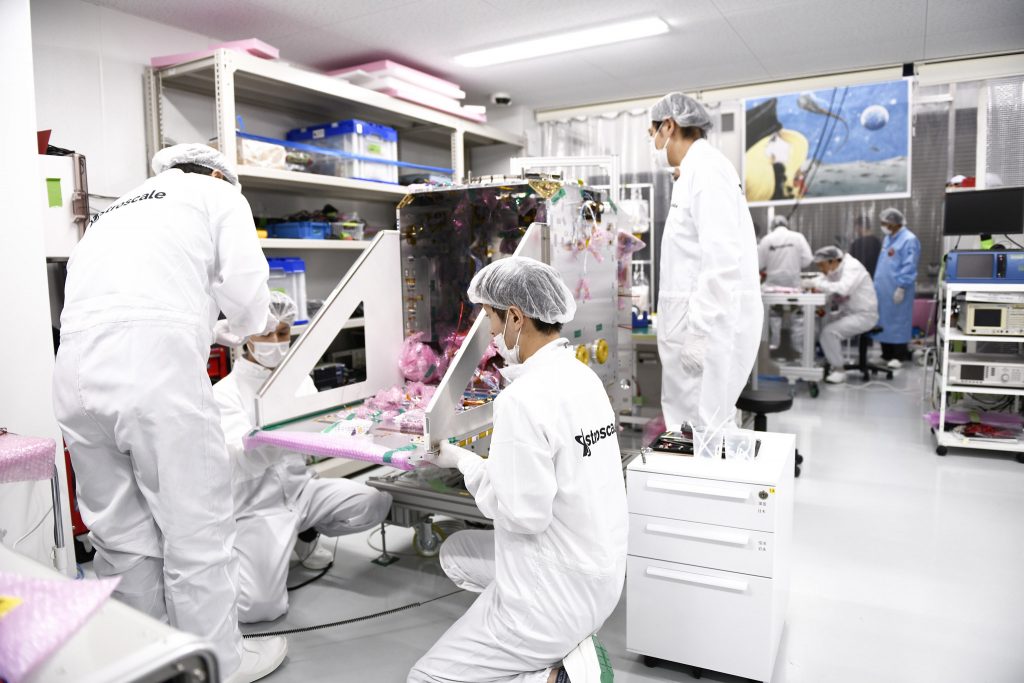
With academics suggesting that nets, harpoons or even high-powered lasers could also offer results, the field of debris removal remains a lively concern in space science. It only remains for earthlings to take their conservation impetus to the final frontier.
Author: Laurence Russell, The India Story Agency for Sacred Groves
Images Credit: banner image of ClearSpace-1 – ClearSpaceSA, images 1,2,3 – ESA, images 4,5 – Astroscale
Did you enjoy this article?
Share with friends to inspire positive action.
